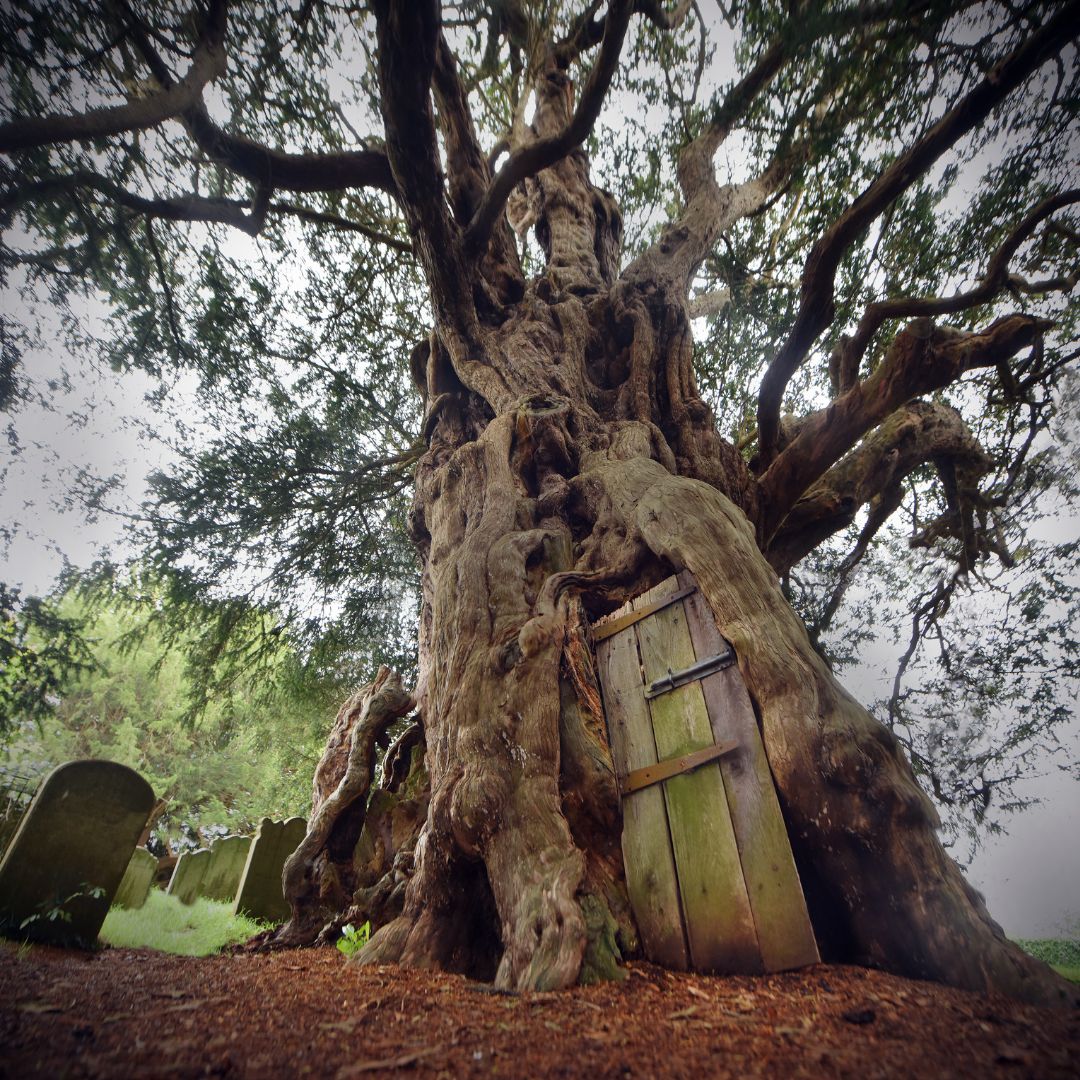”Learning the dangers is where I start my sessions. It’s often off putting to begin with but of the utmost importance. Identification is key so always do your homework and here is a prime example.
GeorgeFlavour Fred
I’ll also do another video on this as I can’t get enough information in on the yew that can reach thousands of years old with huge amounts of folklore, history and much more. Those topics will be covered at a later date.
In this video I show an easy way to ID the needles versus the more common edible conifers. The most interesting point is the the potentially deadly compound Taxine which is an alkaloid which exists in the entire tree including the roots (the only exception of the red flesh of the berry but not the poisonous seed within). Even pollen is poisonous which is another reason to was everything you collect even if edible. To prove the point I talk about Yew being used to deter boars from graveyards and also why longbow makers (who would use the yew tree branches for high tensile strength) had shorter lifespans than most.
As with many medicines a fungus breaking down the compound Taxine from the Taxus sp. resulted in a number of compounds and research taking place. Taxol (paclitaxel) was found from the Pacific Yew and is one of the most commonly used anti-cancer treatments. Which is currently synthesised in labs and is a 65 step process (I thank the attendee to my walk who talked me through this last year).
These trees provide great cover for animals and wildlife and they provide food to from the flesh of the berries mainly. Love them, respect them and get to know your surroundings. It’s a great use of time and being outdoors is proven to be good for you.
Love it and back to talk more about this soon.



 POISONOUS YEW TREE
POISONOUS YEW TREE  WILD TURNIP CAKE - FLAVOUR FRED STYLE
WILD TURNIP CAKE - FLAVOUR FRED STYLE
 WILD LAYERED DESSERT
WILD LAYERED DESSERT 
